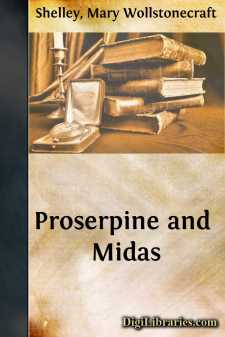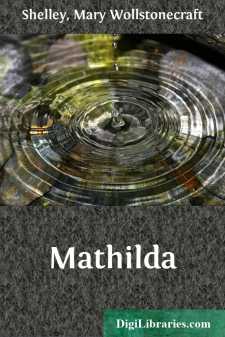Categories
- Antiques & Collectibles 13
- Architecture 36
- Art 48
- Bibles 22
- Biography & Autobiography 813
- Body, Mind & Spirit 142
- Business & Economics 28
- Children's Books 16
- Children's Fiction 13
- Computers 4
- Cooking 94
- Crafts & Hobbies 4
- Drama 346
- Education 46
- Family & Relationships 57
- Fiction 11829
- Games 19
- Gardening 17
- Health & Fitness 34
- History 1377
- House & Home 1
- Humor 147
- Juvenile Fiction 1873
- Juvenile Nonfiction 202
- Language Arts & Disciplines 88
- Law 16
- Literary Collections 686
- Literary Criticism 179
- Mathematics 13
- Medical 41
- Music 40
- Nature 179
- Non-Classifiable 1768
- Performing Arts 7
- Periodicals 1453
- Philosophy 64
- Photography 2
- Poetry 896
- Political Science 203
- Psychology 42
- Reference 154
- Religion 513
- Science 126
- Self-Help 84
- Social Science 81
- Sports & Recreation 34
- Study Aids 3
- Technology & Engineering 59
- Transportation 23
- Travel 463
- True Crime 29
The Last Man
Description:
Excerpt
INTRODUCTION.
I VISITED Naples in the year 1818. On the 8th of December of that year, my companion and I crossed the Bay, to visit the antiquities which are scattered on the shores of Baiae. The translucent and shining waters of the calm sea covered fragments of old Roman villas, which were interlaced by sea-weed, and received diamond tints from the chequering of the sun-beams; the blue and pellucid element was such as Galatea might have skimmed in her car of mother of pearl; or Cleopatra, more fitly than the Nile, have chosen as the path of her magic ship. Though it was winter, the atmosphere seemed more appropriate to early spring; and its genial warmth contributed to inspire those sensations of placid delight, which are the portion of every traveller, as he lingers, loath to quit the tranquil bays and radiant promontories of Baiae.
We visited the so called Elysian Fields and Avernus: and wandered through various ruined temples, baths, and classic spots; at length we entered the gloomy cavern of the Cumaean Sibyl. Our Lazzeroni bore flaring torches, which shone red, and almost dusky, in the murky subterranean passages, whose darkness thirstily surrounding them, seemed eager to imbibe more and more of the element of light. We passed by a natural archway, leading to a second gallery, and enquired, if we could not enter there also. The guides pointed to the reflection of their torches on the water that paved it, leaving us to form our own conclusion; but adding it was a pity, for it led to the Sibyl's Cave. Our curiosity and enthusiasm were excited by this circumstance, and we insisted upon attempting the passage. As is usually the case in the prosecution of such enterprizes, the difficulties decreased on examination. We found, on each side of the humid pathway, "dry land for the sole of the foot."
At length we arrived at a large, desert, dark cavern, which the Lazzeroni assured us was the Sibyl's Cave. We were sufficiently disappointed—Yet we examined it with care, as if its blank, rocky walls could still bear trace of celestial visitant. On one side was a small opening. Whither does this lead? we asked: can we enter here?—"Questo poi, no,"—said the wild looking savage, who held the torch; "you can advance but a short distance, and nobody visits it."
"Nevertheless, I will try it," said my companion; "it may lead to the real cavern. Shall I go alone, or will you accompany me?"
I signified my readiness to proceed, but our guides protested against such a measure. With great volubility, in their native Neapolitan dialect, with which we were not very familiar, they told us that there were spectres, that the roof would fall in, that it was too narrow to admit us, that there was a deep hole within, filled with water, and we might be drowned. My friend shortened the harangue, by taking the man's torch from him; and we proceeded alone.
The passage, which at first scarcely admitted us, quickly grew narrower and lower; we were almost bent double; yet still we persisted in making our way through it....






